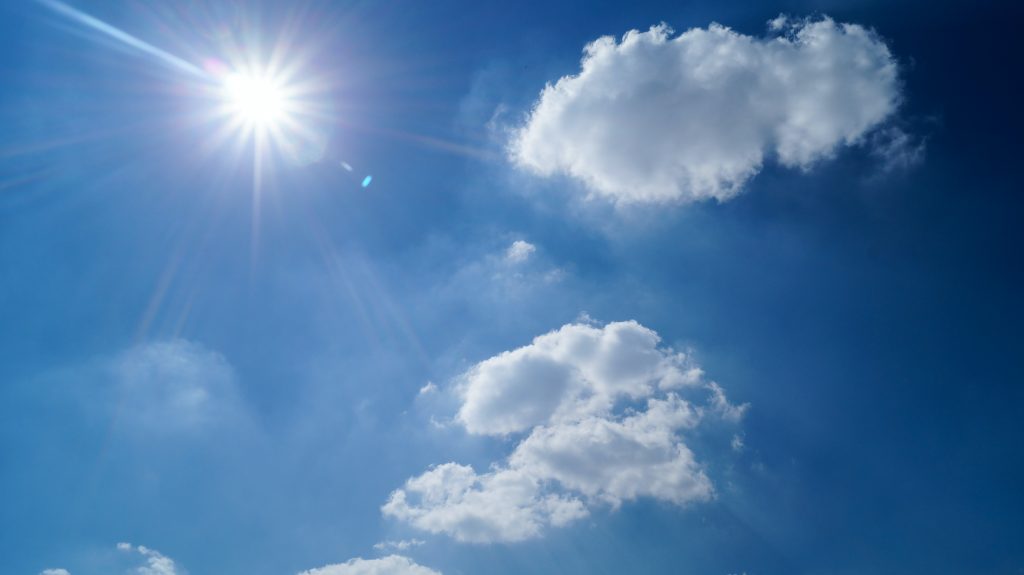Met Office predicts February will be driest month of 2022

Kenneth Kerr, chief climatologist at the Meteorological Service, has predicted that the upcoming dry season will be drier than usual, with February being the driest month of 2022.
During a presentation at the Met Office’s 13th National Climate Outlook Forum on Early Warning and Early Action for Managing Drought on Friday, Kerr predicted water-availability issues from February to April.
He warned, “Even though it's quite early, there is strongly enhanced signal that the 2022 dry season is likely to be drier than usual. We are predicting suppression of seasonal rainfall with below-normal rainfall totals favoured at this time and having the best time to occur.
“But it is not going to going to be dryness over the entire season: a number of moderate wet days will account for most of the rainfall and the probability for this to occur is greater than 50 per cent in most areas."
He said there is a low to moderate chance, 20-30 per cent, of drought-like conditions developing.
“Should this occur, it will result in very dry conditions, but the chances of drought conditions remain low at this time. If it should occur, it can lead to high impacts on all sectors, more so for the agriculture sector, water sector and the general public at large.”
Over the dry season, Kerr said the country is likely to see rainfall totals between 140 and 555 millimetres, with February likely to be the driest month, even though that is usually March.
The probability of exceeding the national average dry-season rainfall totals of 412 millimetres remains relatively low, he added.
Still, the country should experience rainfall between 45 and 72 per cent of average totals, with the highest rainfall to happen over reservoirs' intake points in northeast Trinidad and east Tobago.
The Met Office also expects moderate rains in May, but not enough to buffer the dry days predicted in earlier months.
Daytime temperatures are expected to peak up to 35.5 degrees Celsius between April and May and dip to 20 degrees Celsius for at least three cold nights between January and February.
Kerr revealed usually evaporation rates were typically highest during February to May, with the maximum amount of water loss due to evaporation occurring in April.
Speaking to Newsday after the forum, he explained, "We don't consider evaporation, we often consider temperatures and lack of rainfall.
"But evaporation has another component, that if we have limited rainfall and high evaporation, the place would dry out. When the place dries out, there would be the potential for bush fires to increase."
Also, "When there is a drier-than-usual condition then naturally there would be evaporation taking place more easily, more readily, because the atmosphere would not have moisture. So any heat will go directly go towards evaporating water surfaces, which includes the reservoirs."
He said the Water and Sewerage Authority (WASA) now has to pay attention to managing its resources.
"There's not much we can do about evaporation at this time, unless the reservoirs are covered, as a long-term adaptation strategy. But these reservoirs are huge, we cannot cover them.
"But we must cater for the loss of water , not just due to the reduced rainfall, but the fact that what is there could also be evaporated."


Comments
"Met Office predicts February will be driest month of 2022"